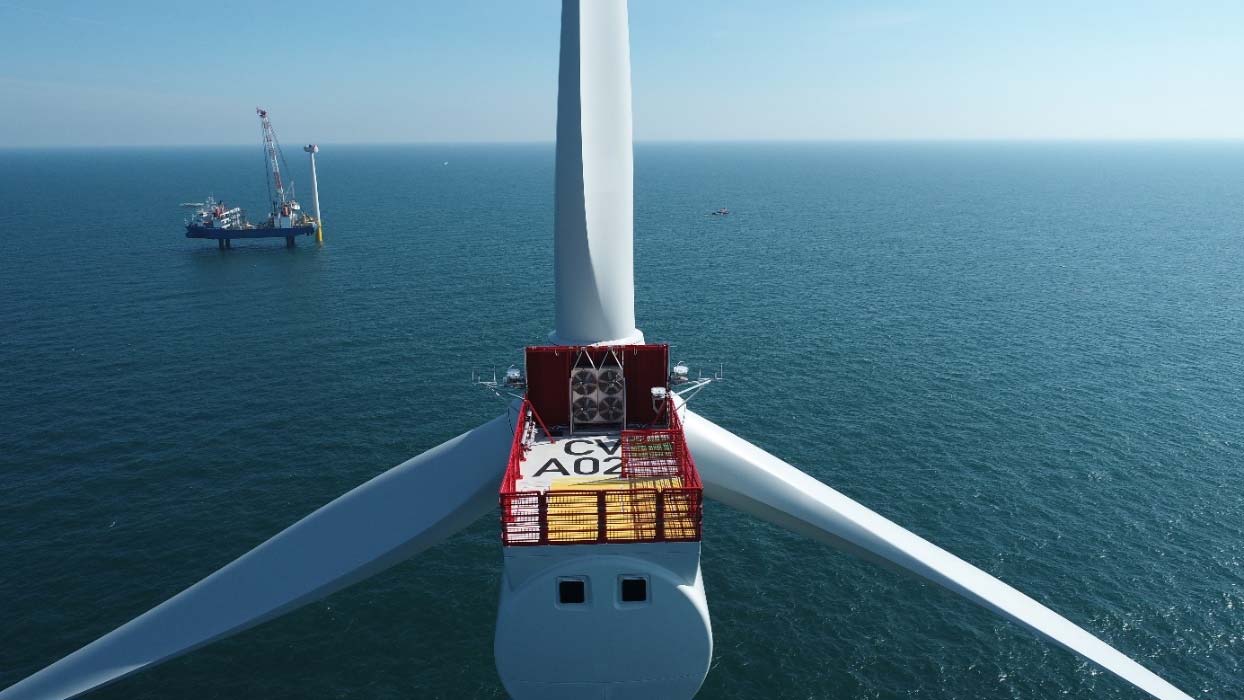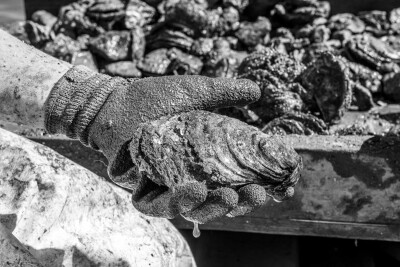As we near the final permitting step for the first utility-scale U.S. offshore wind project, we’re about to catalyze the creation of a brand-new American industry — one that could result in 83,000 new jobs over the next decade, a new domestic supply chain, and billions of dollars of investment in coastal and port communities, as well as an affordable clean energy source that will power millions of homes and businesses. Offshore wind offers a once-in-a-generation opportunity, and we’re on the cusp of seizing it.
However, before we begin putting steel in the water, it’s crucial we understand potential impacts, plan carefully, and engage with other oceans users. The Bureau of Ocean Energy Management, the federal agency charged with identifying offshore wind development areas and permitting projects, has made science-based decisions and solicited public feedback in a multitude of ways.
This has not been a short-term endeavor. For over a decade, BOEM has been studying the wind resources, geography, biology, and more off our shores, while gathering feedback from other ocean users. It was only after years of public meetings, peer-reviewed studies, and extensive public comment periods that BOEM identified the current offshore wind development areas, and there are rigorous research and monitoring programs in effect before, during, and after construction of proposed offshore wind projects. Fishing groups offered substantial feedback and play an integral role in this process.
The U.S. offshore wind industry will continue seeking ways to work with the fishing industry while seizing the generational opportunity to revitalize our economy and combat climate change. We hope our neighbors in the fishing community will partner with us as we work to create a better future.
Both Republican and Democratic administrations at BOEM have used a transparent process for offshore wind permitting, including providing numerous opportunities for interested parties and concerned citizens to submit comments during official periods of project review. Multiple stakeholders in the offshore wind industry have also participated in this process and created tools to help organizations, businesses, and consumers participate in the process in forums where their concerns can be publicly heard and addressed.
Beyond BOEM’s comprehensive process for identifying appropriate areas for offshore wind and permitting projects, the companies developing offshore wind farms are far from novices. Many of them have nearly 30 years of experience developing offshore wind projects in Europe, where the fishing industry and offshore wind have proven they can successfully coexist. And even here at home on America’s shores, the country’s first offshore wind farm off Block Island in Rhode Island, now five years in operation, proved it can coexist without detrimental effects to the commercial fishing industry. Additionally, it has increased tourism and boosted the recreational boating and fishing industries.
The science is clear that climate change poses an existential threat to ocean life, and we’re already seeing its negative consequences today. Rising sea levels are changing low-lying estuaries that provide important spawning grounds; ocean acidification is damaging coral reefs and impacting shellfish; and changing water temperatures are shifting fish habitats, among many other impacts. Quickly transitioning to zero-carbon energy sources like offshore wind is essential if we’re going to prevent these impacts from getting even worse, which would cause irreparable damage to the fishing industry.

Laura Morton ([email protected]) is senior director of Policy and Regulatory Affairs for Offshore for the American Clean Power Association.







